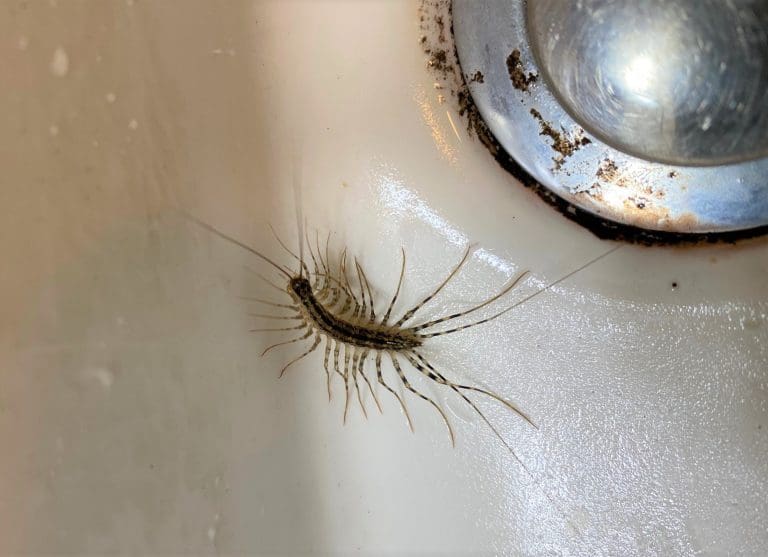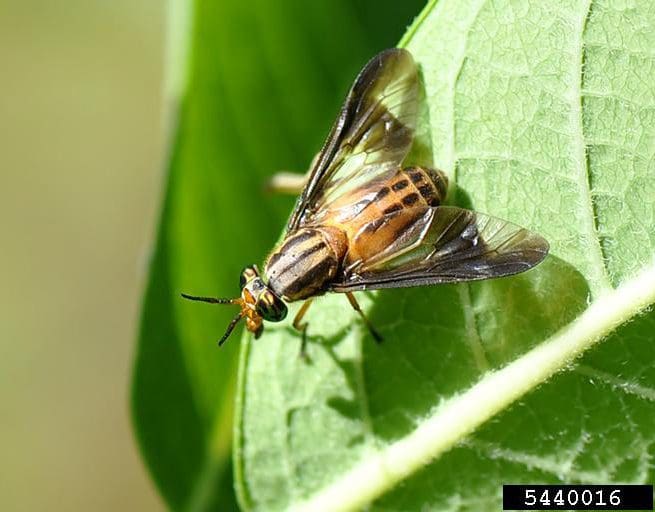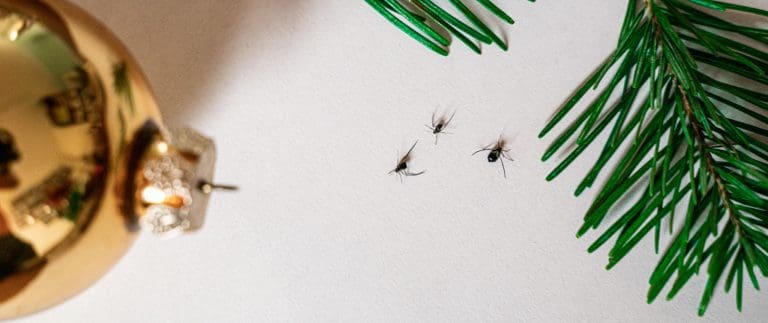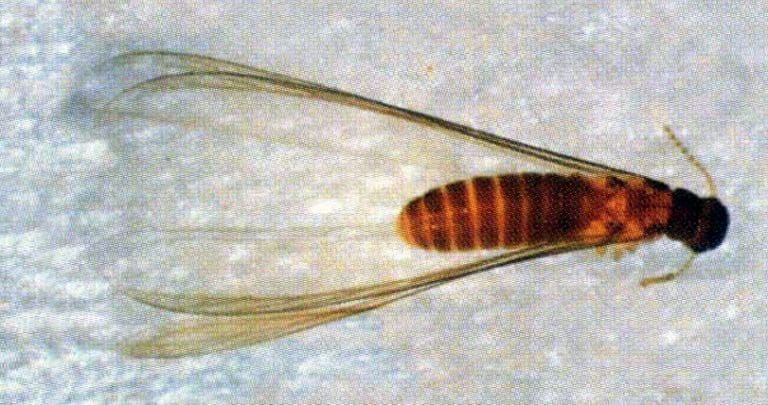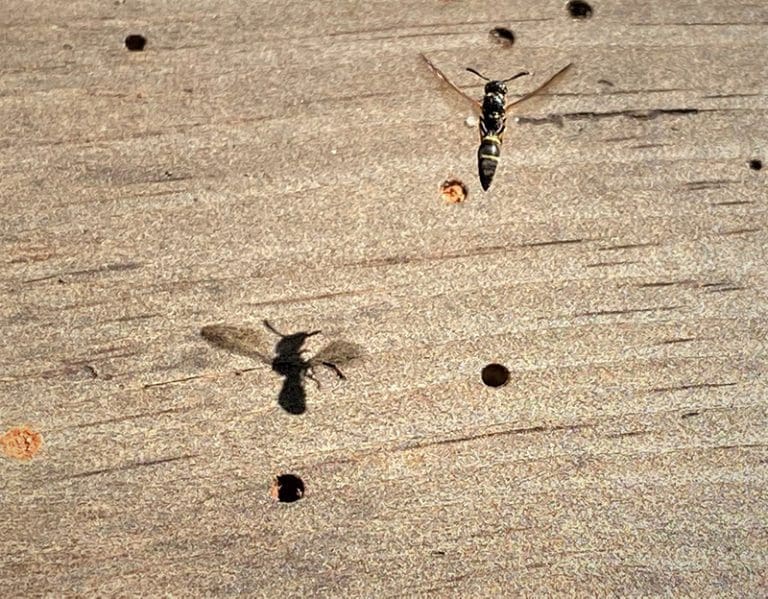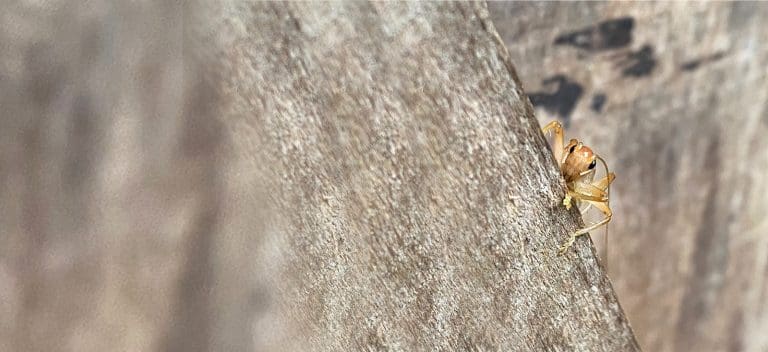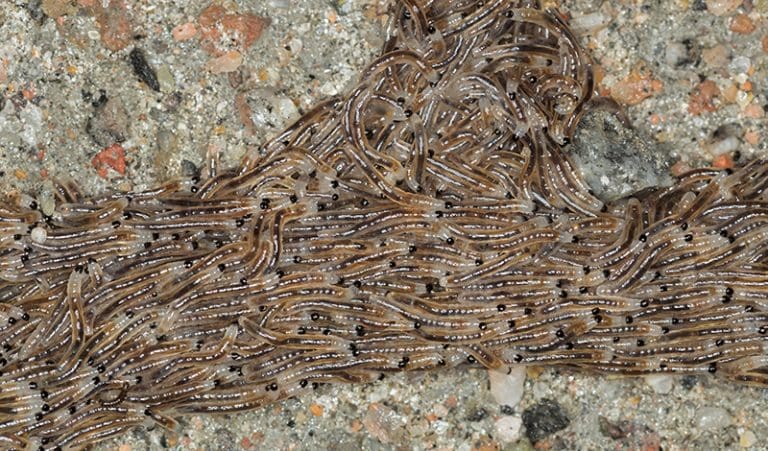Rusty Spider Wasp
Summer is a time of a lot of insect activity. For me, fireflies at night and wasps during the day provide the best theater. Like an ant dragging another creature three times bigger than itself, spider wasps in the insect family Pompilidae can put on a show. And perhaps the best Pompilid showstopper due to its sheer determination and beauty is the rusty spider wasp, Tachypompilus furrugineus.

The rusty spider wasp is pretty big, up to about an inch in length. They have a rusty orange body with iridescent blue wings that can catch anyone’s attention. But what they like to catch are large wolf spiders and related fishing spiders that can be five times bigger! Like a hawk snatching prey, a rusty spider wasp female swoops down on its spider prey, stinging it to paralyze it. Once the spider is immobile, the wasp will pull it backwards to drag it back to her burrow and lay an egg on it. Interestingly, there are no good accounts of the exact sequence of development, but like other spider wasps, the rusty spider wasp egg will hatch, and the larva will slowly eat the hapless spider that mom provided until it pupates and eventually emerges as an adult from the nest. The circle of life.
While these wasps are solitary, multiple burrows can be in the same area. They tend to be shallow in the ground with enough room for the captured spider and her larva. Once provisioned, the female covers the burrow with the surrounding soil. For their own nutrition, rusty spider wasp adults drink nectar from flowers. Males tend to be smaller than females and several may be seen together waiting to mate with available females. Unlike male carpenter bees that are territorial, male rusty spider wasps are not. If a male finds a female by her nest, he will approach fanning his wings and waving his antennae. If the female responds in kind, it means she is receptive to mate. If not, it means she is already mated. After copulation, the female starts her hunt for spiders.
Rusty spider wasps, like other spider wasps, are often found around structures and yards. While the females can sting humans or pets, they rarely do. They are more interested in mating, hunting and nesting. So, if they are encountered, one should respect their space but there is no need to kill them or run away. And if you have a little time, watch the show: rusty colored wasp with iridescent blue wings vs. giant spider. It could be a good one.
Rusty spider wasp female dragging much larger spider prey.
Author: Dr. Eric Benson, ,PhD, BCE, Professor Emeritus & Extension Entomologist, College of Agriculture, Forestry and Life Sciences


